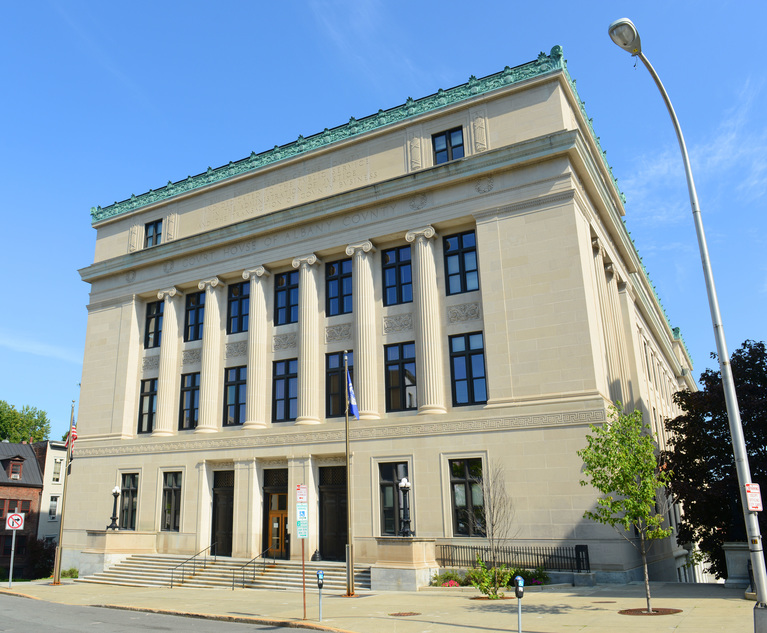In June, the U.S. Supreme Court agreed to hear the case of Helsinn Healthcare v. Teva Pharmaceuticals USA, in which the court will address the scope and impact of the “on sale bar” of the patent statute as it applies under the America Invents Act (AIA). The decision could have a significant impact on patenting, R&D and commercial strategy for U.S. operating companies that typically seek patent protection for their products and services.
Background: The Pre-AIA On Sale Bar
The on sale bar is a provision of the U.S. patent laws which dictates, in essence, that inventions that were “on sale” prior to the invention’s patent application filing date cannot be patented. Historically, even secret on sale activities had been considered bars to patentability. Pfaff v. Wells Electronics, 525 U.S. 55 (1998). Other secret activities were treated similarly. For example, a judicially-created extension of the statutory bars—characterized as a “forfeiture” doctrine—was applied to private and prolonged commercial uses by an inventor. Metallizing Engineering Co. v. Kenyon Bearing & Auto Parts Co., 153 F.2d 516, 520 (CA2 1946).


 Robert L. Maier
Robert L. Maier




